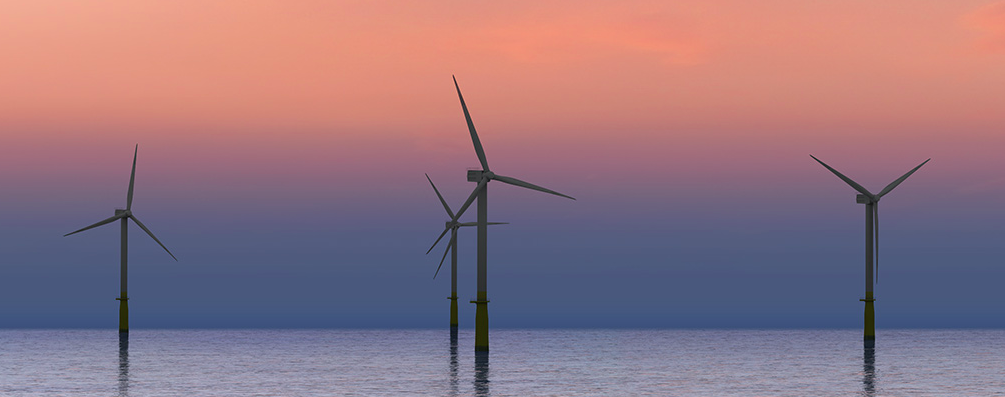By Julian Singer
A new Contracts for Difference (CfD) round is due to be launched this month. It will the fourth such round with the first one being finalised in 2015 and the most recent in October 2019. In the CfD scheme renewable energy projects bid for contracts in which they will provide a certain amount of power by a certain date at a guaranteed price, known as the strike price: if they sell the power at a higher price they must pay the difference to the government, but if it is sold for a lower price the government will pay the difference.
Round 3 was heavily weighted towards offshore wind, which in terms of capacity was granted contracts for 5.5GW of power. A further 0.3GW was allocated to Remote Island Wind projects and 0.03GW to Advanced Conversion Technologies (techniques like pyrolysis that extract energy from biomass).
Round 4 is being offered to a much wider range of technologies. Unlike in Rounds 2 and 3 there is now a category for Established Technologies such as solar, hydro and onshore wind among others. However, there is a cap of 5GW on how much can be allocated to this category, with a further cap of 3.5GW for the three technologies mentioned. These projects must also offer 5MW or more, meaning that they are aimed at generation for the grid.

www.scottishpowerrenewables.com
The other categories are Offshore Wind (fixed bottom) and Less Established Technologies, which to the surprise of many sees the re-appearance of tidal stream and wave, as well as geothermal, remote island wind and various biomass techniques. However tidal range projects are not included: these are projects such as the Swansea lagoon that depend on the change of water level between high tide and low tide, rather than the velocity of water movement used in tidal stream.
Floating Offshore Wind is also included in the Less Established category. The importance attached to this and other technologies can be judged by the amount the government expects to have to pay out for each category. Fixed bottom Offshore Wind receives by far the highest budget at £200million whereas Established Technologies are expected to cost a modest £10m. Less Established Technologies are budgeted at £55m but £24m of this is ring-fenced for Floating Offshore Wind.
The actual cost may be very different. In Round 3 the winning bids had strike prices for offshore wind around £40 per MWh, nearly half the “administrative price” projected by the government, thus allowing it to claim success for the bidding system. It must be remembered that these prices are in 2012 pounds while the delivery dates are in 2023 at the earliest, so it is too early to judge the actual cost.
But there are some early signs. In September the Low Carbon Contracts Company (the agency that administers the contracts) for the first time paid back money to the energy suppliers. The high wholesale price of electricity meant that energy generators such as the wind farm operators with contracts from Round 1 were being paid by suppliers more for their electricity than their contracts. When this happens, the generators pay the difference to the LCCC. If at the end of a quarter the LCCC has received a net amount that is more than that which it estimates will be needed in reserve, the difference is returned to suppliers.
This will have helped to reduce the pain on consumers, but it must be remembered that the Round 1 auction was competed in February 2015 with strike prices for all except solar PV that ranged from £79 to £120 per MWh[1]. We will only begin to see whether lower strike prices are realistic when the Round 2 winners start delivering electricity. The first such offshore wind farm, Triton Knoll, should come on stream in 2022 at a strike price of £74.75. Round 3 winners will not start delivering before 2023/24.
[1] These and other strike prices are in 2012 pounds





